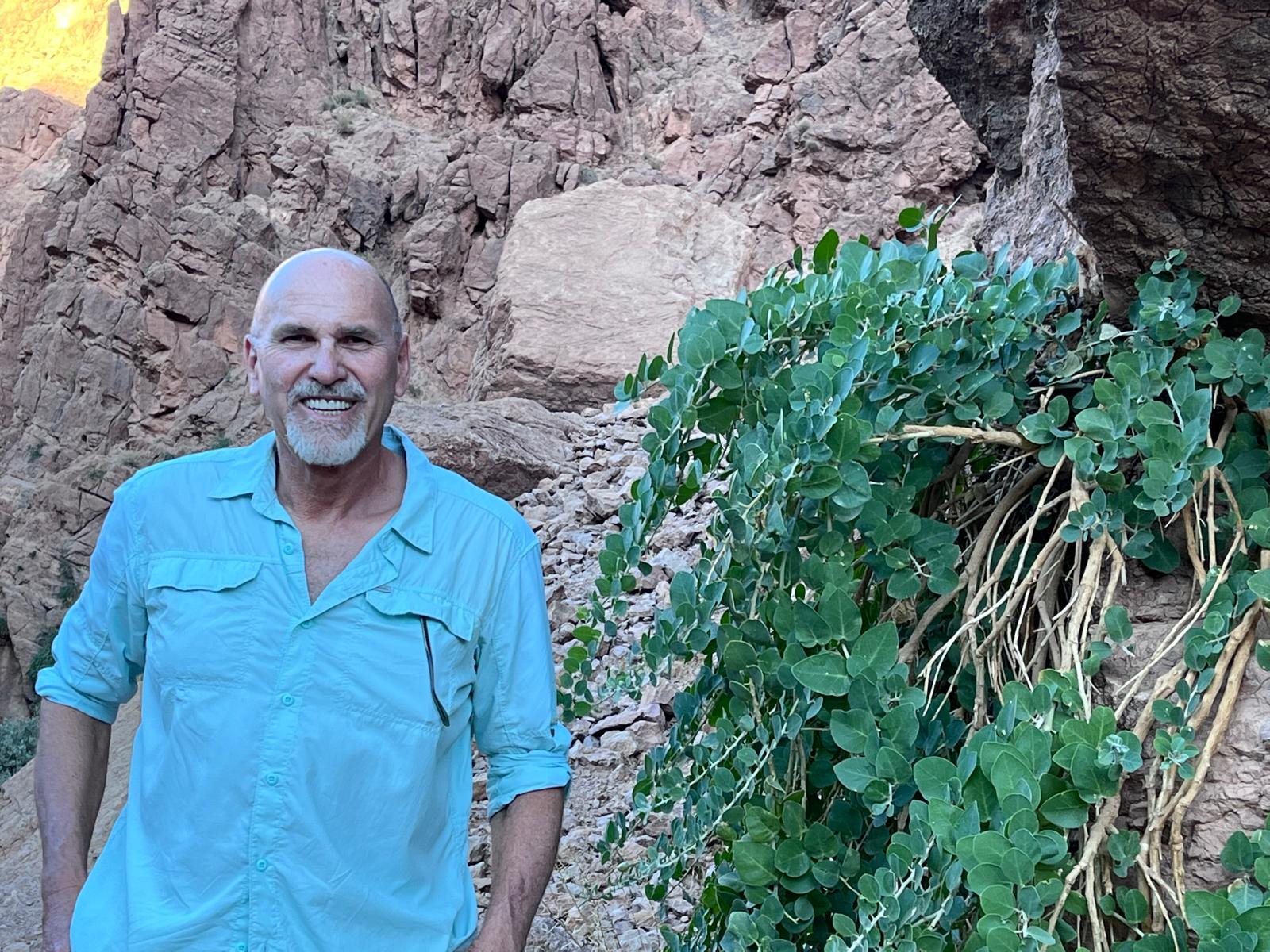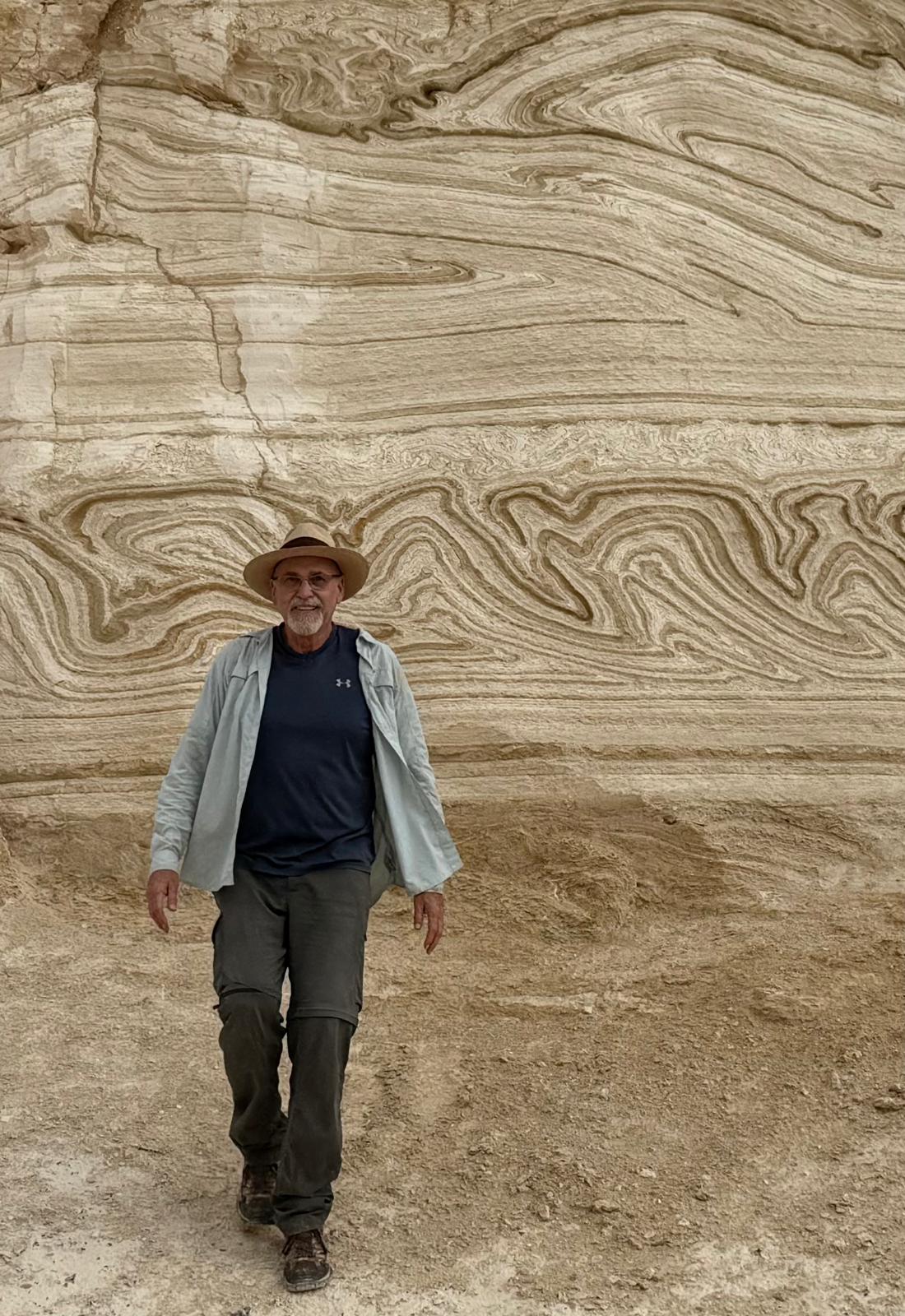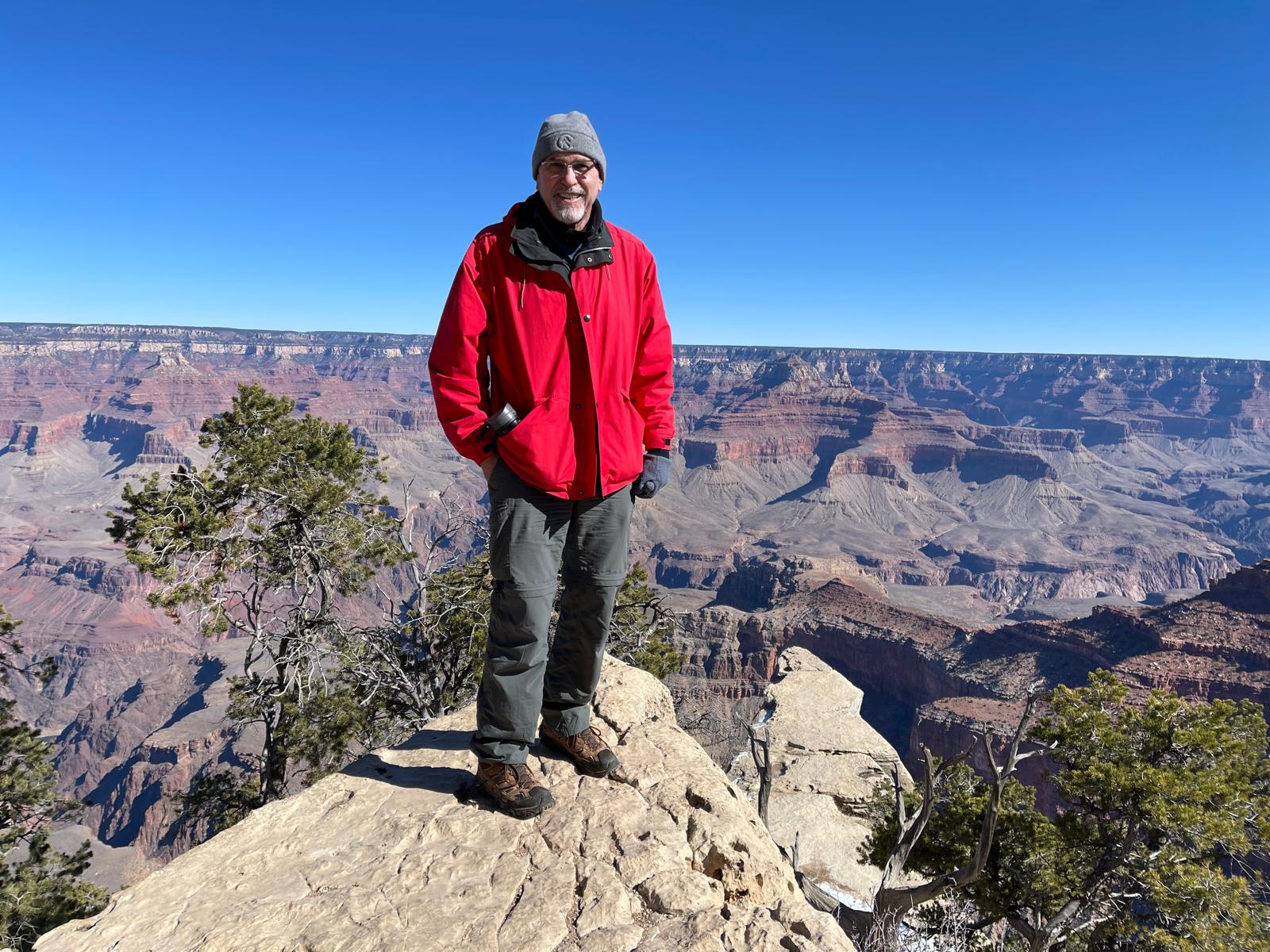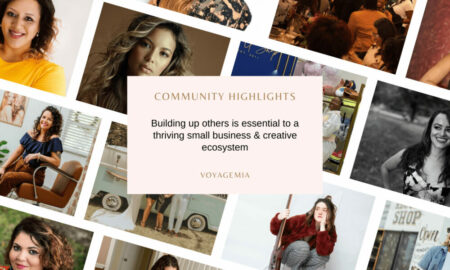

Today we’d like to introduce you to Shimon Wdowinski.
Hi Shimon, can you start by introducing yourself? We’d love to learn more about how you got to where you are today?
I was born and raised in Israel in a family of Holocaust survivors, an experience that deeply shaped my values and worldview. It instilled in me a profound respect for human life and dignity, a commitment to fairness and justice, and a sense of resilience and empathy for the vulnerable.
Alongside these values, I developed a lifelong fascination with the Earth—how landscapes transform, mountains rise, and coastlines shift over time. As a child, I spent countless hours outdoors, hiking, exploring nature, and marveling at the land’s dynamic, ever-changing character. That early connection to the natural world grew into a passion for understanding its processes, which ultimately became my profession.
I earned my bachelor’s and master’s degrees in Earth Sciences and Geology at the Hebrew University of Jerusalem, then came to the U.S. for graduate school, completing an MS in Engineering Sciences and a PhD in Geophysics at Harvard University. After a postdoctoral position at the Scripps Institution of Oceanography in California, I spent a decade teaching and researching at Tel Aviv University, then moved to the University of Miami, and later joined Florida International University (FIU).
Over time, my focus has evolved from studying tectonic plate motion and earthquakes to broader environmental questions—such as sea-level rise, land subsidence, and wetland hydrology. Looking back, it’s been a journey shaped by curiosity, a love of nature, and the excitement of using science to better understand the planet we live on. I have always been driven by a desire to conduct science that is relevant to society—research that not only advances knowledge but also helps address real-world challenges.
When I’m not in the lab or analyzing data, I still love to be outdoors — hiking, exploring new places, and capturing nature through outdoor photography, which keeps me connected to the landscapes I study and love.
Would you say it’s been a smooth road, and if not what are some of the biggest challenges you’ve faced along the way?
No, it’s definitely not been entirely smooth—and I think that’s part of the story. For one thing, moving from Israel to the U.S., then shifting between institutions, meant adapting to new cultures, new expectations, and different research environments. Early in my career, I had to establish my voice as a young researcher, which meant publishing, securing funding, and choosing projects that were both scientifically rigorous and socially relevant.
Another challenge: The techniques I work with — space geodetic methods like GPS and InSAR (Interferometric Synthetic Aperture Radar) have matured significantly over my career. When I started, many of these tools were less developed and required more innovation. It was often unclear how to move from ‘interesting idea’ to ‘usable method’. That means there were missed opportunities, experiments that didn’t pan out, and moments of frustration.
Also, working on natural hazards, sea-level rise, and land subsidence means engaging with messy systems, often where data are uncertain and timelines are long. Convincing other scientists, policymakers, or funding agencies of the importance of detecting subtle ground movements was not always easy. Working on interdisciplinary problems added another layer of difficulty, as bridging multiple fields often made it even harder to secure funding and communicate the significance of the research.
But the struggles also shaped me—they reinforced persistence, adaptability, collaboration, and the value of thinking long-term rather than being discouraged by short-term obstacles.
Thanks for sharing that. So, maybe next you can tell us a bit more about your work?
My core work relies on space geodetic techniques — that is, using tools like GPS and InSAR to detect very small movements of the Earth’s surface. I apply these techniques to understand phenomena like tectonic plate motion, earthquakes, land subsidence, sinkhole activity, wetland hydrology, sea-level rise, and climate change.
I specialize in blending high-precision geophysical data with real-world environmental and societal challenges. For example, how subtle subsidence contributes to coastal flooding, how wetlands respond to hydrological change, or how ground deformation reveals risks in built and natural systems.
What I’m most proud of: the fact that the methods my colleagues and I have developed are used in many parts of the world, and that our science connects to actionable issues—risk assessment, environmental monitoring, and resilience. I take pride in conducting research that is relevant to society, addressing challenges that matter to communities and decision-makers. Also, building and mentoring a team of students and young scientists who care deeply about this work has been one of my most rewarding achievements.
What sets me apart: perhaps the combination of classical geophysics training (tectonics, lithosphere dynamics) plus embracing newer methods (space geodesy, remote sensing) and applying them in diverse settings—from Israel and the Eastern Mediterranean to Florida’s coasts and wetlands. My willingness to engage with complex, interdisciplinary questions rather than staying strictly within conventional boundaries.
How do you think about luck?
Luck has certainly been part of the journey—but I think of it more as preparedness meeting opportunity. There were moments of fortunate timing: shifting into a field that became ever more relevant (sea-level rise, subsidence, remote sensing), being at institutions supportive of my work, and having collaborators who opened doors. But if I hadn’t been ready, those windows wouldn’t have been meaningful.
On the flip side, what might be called “bad luck”—funding that didn’t come, methods that failed, equipment that broke in the field, solar panel stolen by Bedouins in the desert, shifting priorities in science funding—these forced me to rethink, become more resilient, pivot when needed. So “bad luck” hasn’t been a setback so much as a refinement.
In short, I haven’t counted on luck alone. I’ve counted on persistence, flexibility, and hard work. Luck shows up, but it’s what you do when it arrives (or when it doesn’t) that matters.
Contact Info:
- Website: http://faculty.fiu.edu/~swdowins/index.html
- Instagram: https://www.instagram.com/natural_awe/
















